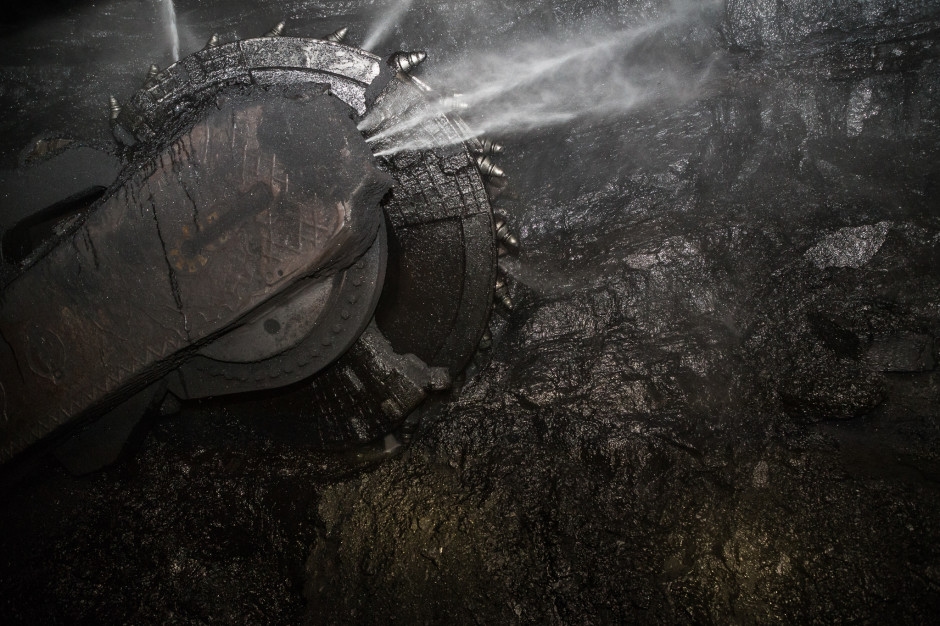Coal and the Big Dilemma. New Mines Could Be Profitable After All

- Investing millions of dollars in coal, an energy source that many governments are trying to phase out, is a daunting undertaking. However, nearly 9 billion tons of coal were extracted worldwide last year.
- Few players are investing in production now, so a future supply shortage could cause coal prices to rise significantly.
- Coal producers hope that this will bring them considerable profits.
Indonesian coal companies aren't the only ones in Asia hoping their businesses will pay off. As Bloomberg points out, companies in Pakistan and the Philippines are also buying coal mines.
Potential coal supply shortage creates attractive price prospects for the industry“The aging of existing thermal coal assets, coupled with underinvestment in new projects, could indicate a potential supply shortage and attractive pricing prospects for the industry,” said Rob Bishop, CEO of Australian company New Hope Corp., which is increasing thermal coal production.
Indonesia's pragmatic approach, based on the principle "we have coal, so we will use it" , combined with the energy needs of the domestic market, has made the country a particularly attractive place to maintain mining.
"If I'm a coal entrepreneur, Indonesia is the perfect place to invest," emphasized Carlos Fernández Alvarez, a coal analyst at the International Energy Agency. "Even if exports decline, domestic demand gives producers another market," he added.
The coal industry remains crucial to Indonesia's $1.4 trillion economy, the largest in Southeast Asia. Coal mining alone accounted for about 2.4% of GDP in 2021, according to the International Energy Agency.
Indonesia's electricity production has increased by 60 percent over the past decade, thanks in part to a huge fleet of domestic power plants built to power nickel smelters.
Thanks to this project, ordinary Indonesians can afford to buy electricity without breaking the bank.
As Bloomberg points out, in the United States, once a global climate leader, President Donald Trump has withdrawn incentives for the use of green energy and is extolling the virtues of "beautiful, clean coal."
They no longer see coal as a relic of the pastIn Indonesia, on the other hand, recent governments have allowed industries to burn more coal to support a growing population. The truth is, countries are not on track to reducing emissions. The largest global players in artificial intelligence—primarily the US and China— now view coal not as a relic of the past, but as a tool for building the future.
Keeping coal-fired power plants running in the US is part of a broader strategy to boost domestic electricity production , which will also include expanding nuclear power. The Trump administration has prioritized increasing energy production while dismissing concerns about climate change, which the US president said at the United Nations is a global "hoax."
"All the largest American banks have withdrawn from the anti-coal agreement, led by the Fed, the bank of all banks," Wojciech Dąbrowski, president of the SET (Security-Energy-Technology) Foundation and former CEO of PGE, told WNP. "In the US, we're seeing a return to hydrocarbons," he emphasized.
Plans call for increasing coal production. U.S. coal production is projected to reach 530 million tons in 2025. This would represent an increase of 18 million tons compared to 2024.
wnp.pl





